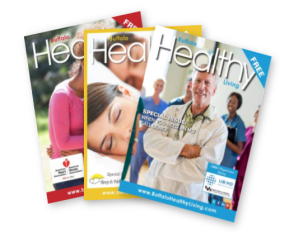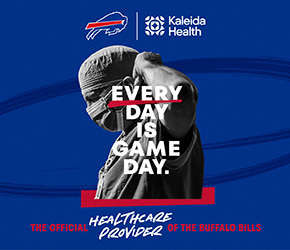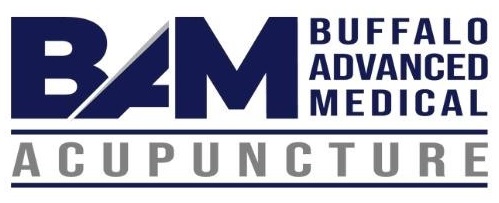Warning Signs for Childhood Cancers

Although age is often a risk factor for developing cancer, people of all ages, including children, can be affected by the disease. Cancers that occur in children differ from those in adults. Unlike adult cancers, pediatric cancers are not typically linked to lifestyle or environmental risk factors. Instead, early-life DNA changes usually contribute to childhood cancers.
The Cleveland Clinic states that childhood cancers are rare. Although they are uncommon, these cancers can often be cured with treatment. More than 80 percent of children and teenagers with cancer are alive five years after diagnosis. Unfortunately, childhood cancers can sometimes be hard to identify because common bruises and illnesses may hide early warning signs. Here are the most common childhood cancers and their potential warning signs.
Acute Lymphoblastic Leukemia (ALL).
About 34% of all cancers in children occur between the ages of two and four. Symptoms of these cancers can include bone and joint pain, fatigue, weakness, bleeding, fever, and weight loss.
Neuroblastoma.
Immature nerve cells in infants and young children can lead to neuroblastoma. It begins in the adrenal glands and affects children under age five. Common symptoms include difficulty walking, changes in the eyes, pain in different parts of the body, diarrhea, and high blood pressure.
Lymphoma.
Lymphomas are cancers of a child’s lymphatic system, according to the Cleveland Clinic. The two main types of lymphomas are Hodgkin’s lymphoma and non-Hodgkin’s lymphoma. Hodgkin’s lymphomas are the most common cancers diagnosed in teenagers, though they can also affect younger children. Non-Hodgkin’s lymphoma is more common in teenagers than in younger children. Symptoms include swollen lymph nodes in the neck, armpit, or groin; weight loss; fever; night sweats; and weakness.
Wills Tumor.
Wills’ Tumor occurs in the kidneys, usually in only one kidney, and makes up about 5% of all pediatric cancers. Symptoms can include swelling or a lump in the abdomen, fever, pain, nausea, or poor appetite.
Additional Side Effects.
The Childhood Oncology Group uses the acronym CHILDCANCER to list all potential childhood cancer symptoms as follows:
C – Continued unexplained weight loss;
H – Headaches;
I – Increased swelling or persistent pain;
L – Lump or mass, especially in a child’s abdomen, neck, chest, pelvis, or armpits;
D – Development of excessive bruising, bleeding, or rash;
C – Constant, frequent, or persistent infections;
A – A whitish color behind the pupil of a child’s eye;
N – Nausea that persists, or vomiting without nausea;
C – Constant tiredness or noticeable paleness;
E – Eye or vision changes that occur suddenly and persist;
R – Recurring or persistent fevers of unknown origin, meaning your child has a fever not associated with the flu or other common illnesses.
If a child shows any of these symptoms, parents should schedule an appointment with a pediatrician to determine the cause.











